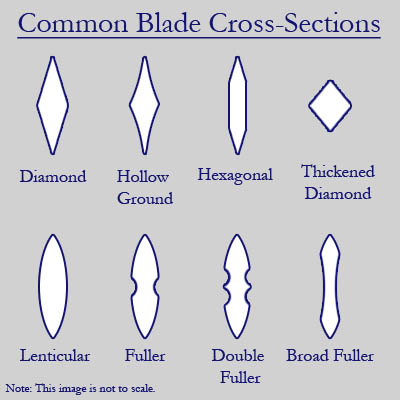Err no. They're the incredibly rare guys that survived the gunshot to the heart (i.e. didn't instantly die) long enough to make it to hospital.
Most people shot in the heart just die, and within seconds. Surgeons dont treat dead people.
If you're extrapolating that medical data to mean 'only 1 in 4 people shot in the heart die' you're doing it wrong.
I'm not extrapolating anything, Flamestrike. I'm saying that if the damaged tissue area caused by the cavitation of the passing round "Destroyed all tissue" in the area no bullet to the heart would EVER be survivable, because there's no goddamned way someone would get to the hospital with a direct bullet wound to the heart, get treatment, and survive at -all-.
Because the cavitation doesn't -destroy- the surrounding tissue. The shockwave pushes it all out of the way, causing some damage from crushing forces, and then strains it back in the direction of travel, causing damage from tensile forces... but not destroying all of the affected tissues.
Is there a permanent cavity that is often larger than the wound channel? Sure. And you can see what it'll look like with a 20% gelatin mix rather than the 10% mix that is used to demonstrate the temporary cavity.
10% is what was used in the test of the Flintlock Rifle that was generously provided by PsyzhranV2. And at it's widest point, the musket shot (Traveling at 414m/s) created a temporary cavity around 8 centimeters in diameter. For those of you playing the American game that's a 3 inch temporary cavity!
The temporary cavity then collapses down to the permanent cavity which is about 1.4 inches in diameter, about 3.5 centimeters for those of you anywhere without the Imperial system.
A 69 caliber musket ball is 420 grains at .65" diameter. It would need to be travelling at 'only' 560 feet per second to generate 400j of energy:
Are you even TRYING to have a good faith argument, here? The section you quoted specifically refers to the Wheellock. As in the Wheellock Pistol that we saw in the video, together. Which had around 400J of energy. You might have realized that by reading the word "Pistol" in the quote that you took out to complain about.
That is what I'm talking about, not the Brown Bess which you keep comin' back to.
But hey. Since you like to talk about the BIG BORE Muskets. Maybe go back to the video.
In it, they load the musket with the charge of 96 grains of 1 and a half F Swiss Powder. Which I acknowledged would be roughly equivalent to a decent blend of powder in the period that hadn't been carried a long distance, though in grain rather than loose powder form. How big is the ball? The musket is a .8 caliber so it's probably in the .7 to .66 range, but since the bore is right where the Bess is, let's call it .69 just for you!
Traveling at 414m/s. Or 1,358f/s. So that's -over- your 2,000J of force. Hang on. Let's quantify it!
A .69 ball of Lead weighs how much? 32 grams. Here's an online calculator, in case you don't trust me:
Sphere | Ultraray
32 grams is 0.032kg. We can load that into our handy online Joule calculator right here:
Kinetic Energy Calculator
Add in the M/s of travel at 414 and we'll get 2,742J!
The damage is a temporary cavitation of 8cm which would wind up being about a 3.5cm permanent cavity. Or 3 inches and 1.4 inches for the Americans.
He goes through the muzzle bore, the gunpowder type, weight, load, muzzle velocity, and shows clear reference images for the damage done by the shot with centimeter measurements. It's an excellent reference point!
And one I went over in great detail that you ignored. Which is HILARIOUS because of this:
While theoretically possible in a firearm with minimal gunpowder to propel it, it's on the low end of the scale (muzzle velocities range from approximately 120 m/s (390 ft/s) to 370 m/s (1,200 ft/s) in black powder muskets):
You flatly acknowledge that the upper range is around 370m/s or 1,200ft/s. Which is lower than what we see in the video!
Which caused a tiny hole and then a 1.4 inch (3.5cm) cavity.
It's almost like I've been talking about the same thing but you're trying to make it sound BIGGER and MORE IMPRESSIVE than it is by throwing around the big ol' Joule counts.
Also, at the highest muzzle velocity examples they put on Wikipedia for you? It's just under 2,200J. But drop it down to 300m/s, about halfway between the two extremes, and it drops down to 1,440J. And if it's at the low end of Muzzle Velocities (Maybe a naughty word old weapon with crappy gunpowder) it drops down to 230J of force! Less than the Wheellock Pistol.
So thanks, Flamestrike. I was literally giving you EXACTLY what you wanted in my long post about the two different ammo types, gunpowder, and wound channels. And you flatly ignored it in order to try and make something else seem SO MUCH BIGGER and MORE IMPORTANT when it was -less than- what I examined in detail.
Kudos, Man. Kudos.




